We meet a man dedicated to creating a nature
reserve in Montana to rival Africa’s best.
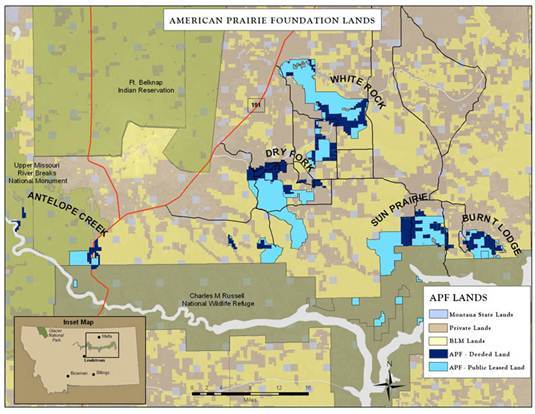
“The idea of creating a large-scale
grassland reserve has been around for more than 50 years,” says Sean Gerrity.
The 53-year-old former Silicon Valley businessman is now transforming this idea
into reality. Since the late 1990s, when the American Nature Conservancy
identified Montana as the best place on the continent to locate a wildlife park
to rival the great game reserves of Africa, Gerrity has contributed
significantly to the USA’s conservation effort, chiefly by founding the
American Prairie Reserve (APR), a project that is unique in both aim and
outlook.
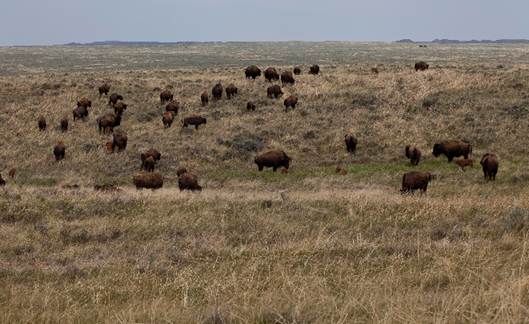
The APR was set up to facilitate the
creation of a 3.5-million-arce national park to celebrate and protect the US
prairie landscape, where Gerrity himself grew up. To put the scale of the
project in perspective, the Serengeti is 3.6 million acres. Serengeti is 3.6
million acres. Gerrity draws comparison between his vision for the APR – of
which he is president – and the creation and management of the great African
park, which in the 1950s began reintroducing animals to a landscape that had
remained unchanged for centuries. Similarly, the foundations for the US reserve
were already in place. “All that had to be done was to create a difference in
land use [mainly from farming]; very little restoration was needed, although
thousands of miles of barbed-wire fence had to be removed.”
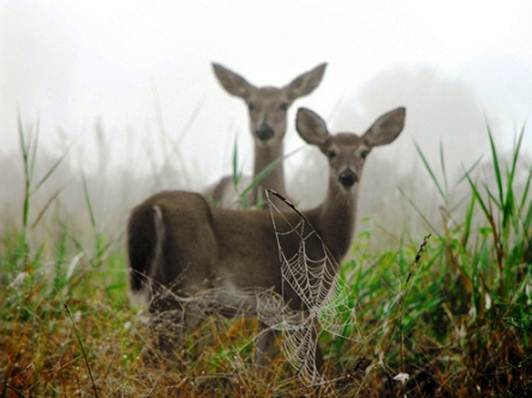
A decade on, it seem Gerrity’s vision is
gaining momentum. A herb of 16 bison, reintroduced in 2005 after a 120-year
absence, is now more than 100-strong; 31 species of birds have returned;
cougar, prairie dog and ferret populations all appear to be thriving; and the
number of elk, big-horn sleep and mountain lions, though small, are increasing.
Having created an environment in which native animals can exist once more, the
main issue now is one of size: more land is available than the APR can afford
to buy. So far, 123,000 acres of land – a tiny fraction of the park’s projected
area – has been purchased, and Gerrity estimates that an extra $450 million is
needed to buy the remaining 3.4 million acres. “The average American football
stadium cost $1 billion,” Gerrity tells me. “For half the cost of a football
stadium, we’ll build the largest wildlife complex ever assembled in the lower
48 states.
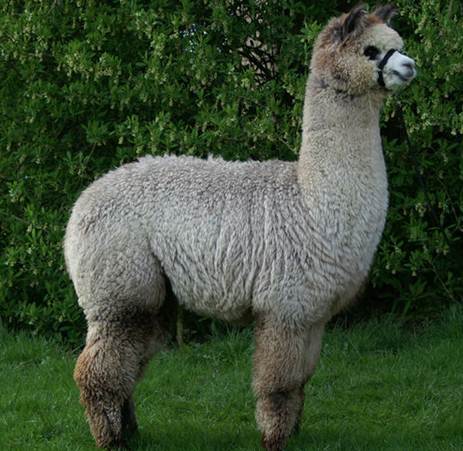
Despite some high-profile private donors
(all contributing to an endowment model to ensure the longevity of the
project), including chocolate heir Forrest Mars Jr, the project seems to have
been ticking along under the radar, with only 450 visitors last year. “In 2012
we except it to increase by 30 per cent and to continue at that rate year on
year,” says Gerrity. The numbers are a far cry from the millions who pass
annually through the big national parks – Yosemite, Yellowstone and the
Everglades – which makes now a perfect time to visit.
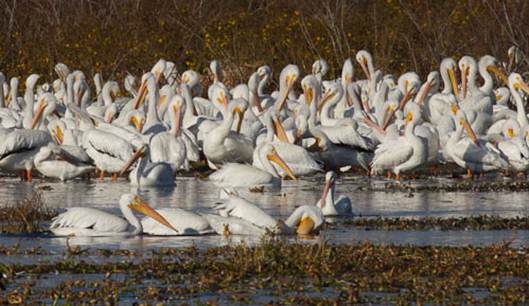
One campsite is already open; by the end of
this year, it should be joined by a luxurious lodge designed by a San
Francisco-based architectural firm, which Gerrity hopes will be “on a par with
the best in Africa”. The plan is to build up to 12 more campsites, offering
varying levels of luxury, over the next eight years. Overnight visitor numbers
will be restricted “so you can have a very remote, romantic, exotic
experience”. And Gerrity, who likes to draw attention to the project’s wider
significance, hopes to attract international visitors and donors. “It’s not
just about the USA. This is a globally important conservation effort. It’s
about creating a reserve that no ones has ever seen before.”
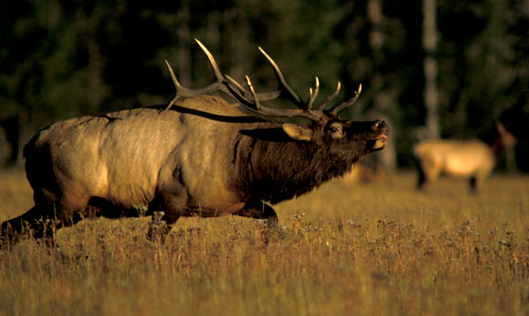
Visit to the American Prairie Reserve in
north-east Montana are free if you have your own transport. Alternatively, book
a camping stay, guided tour or voluntary experience. The airports at Billings,
Bozeman and Great Falls are four or five hours’ drive away. For details see
www.americanpririe.org